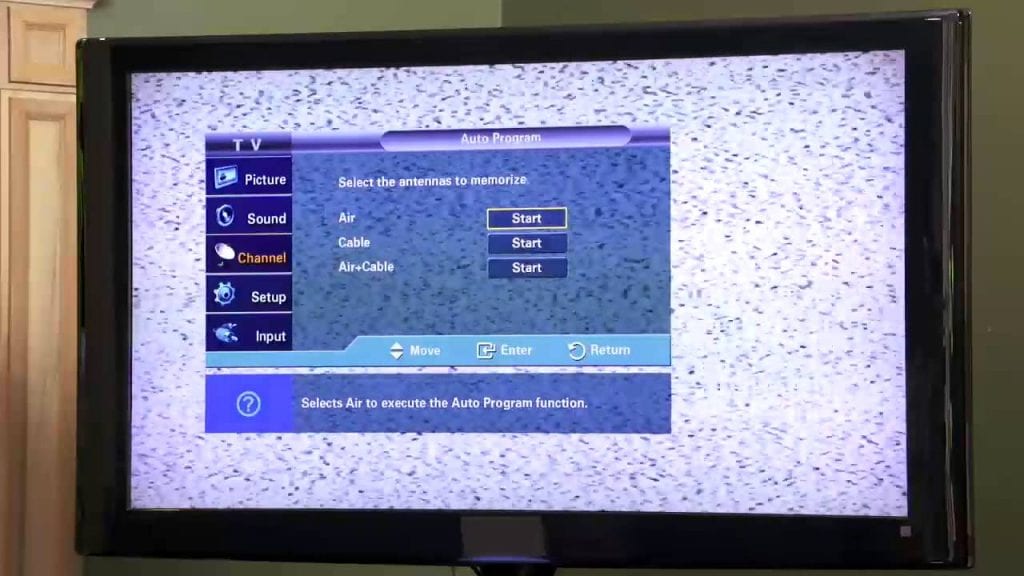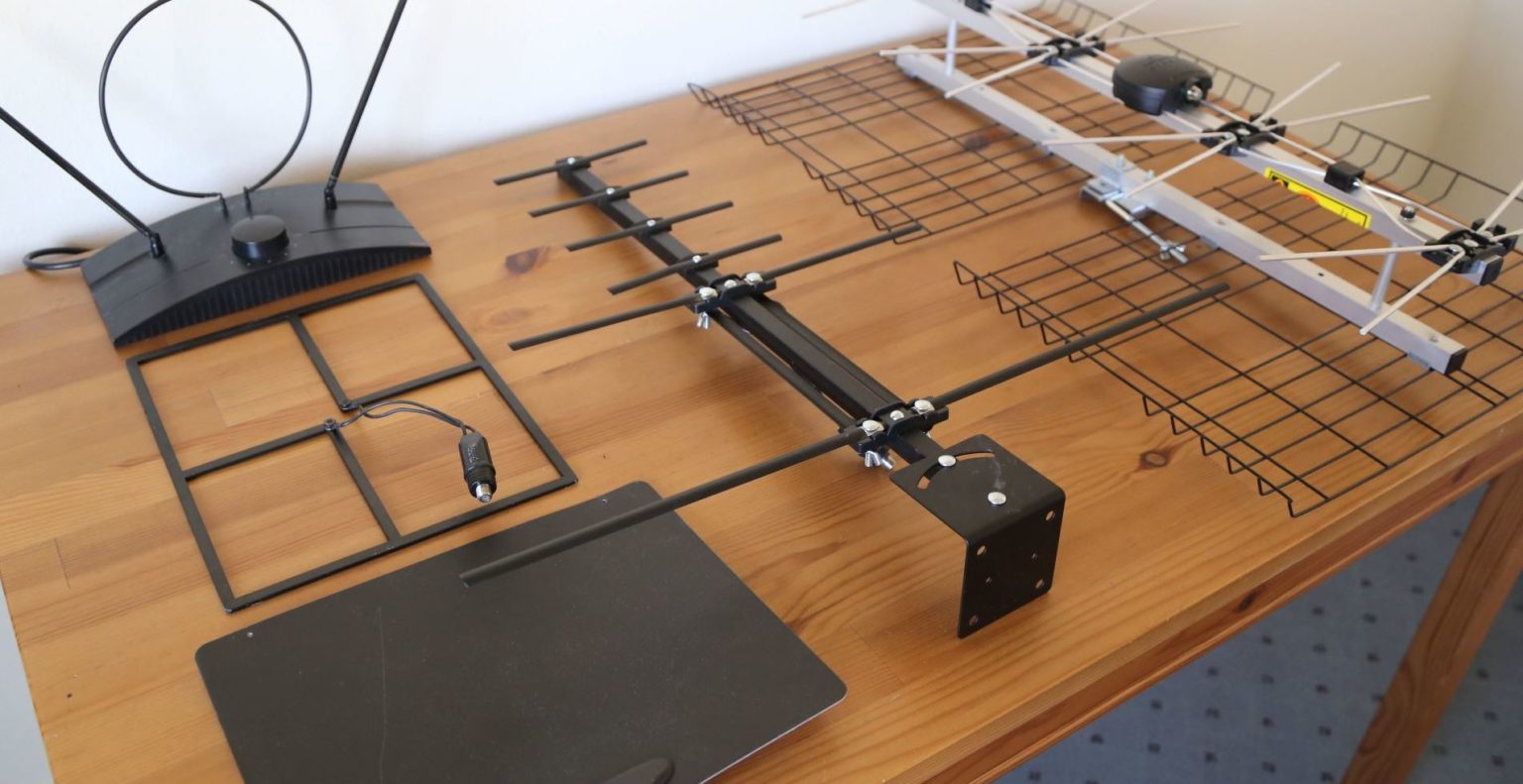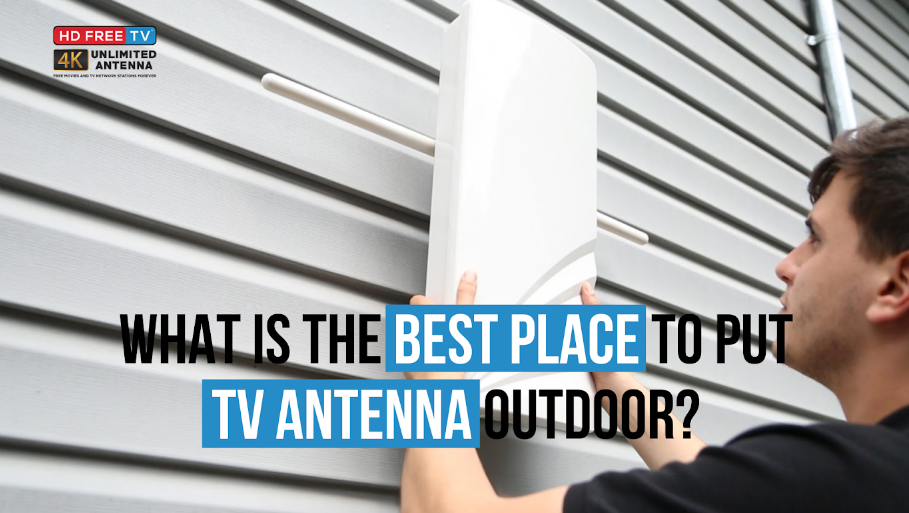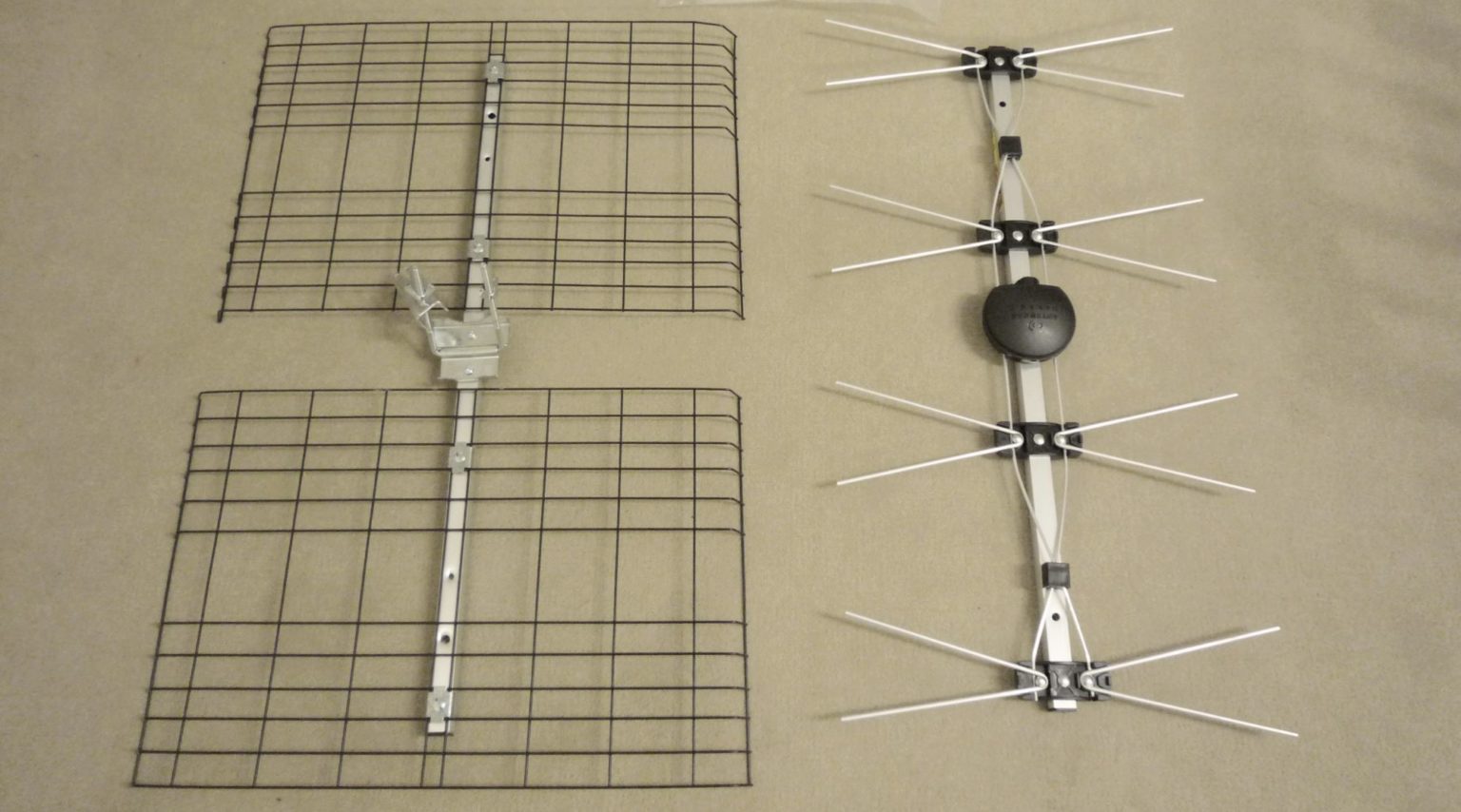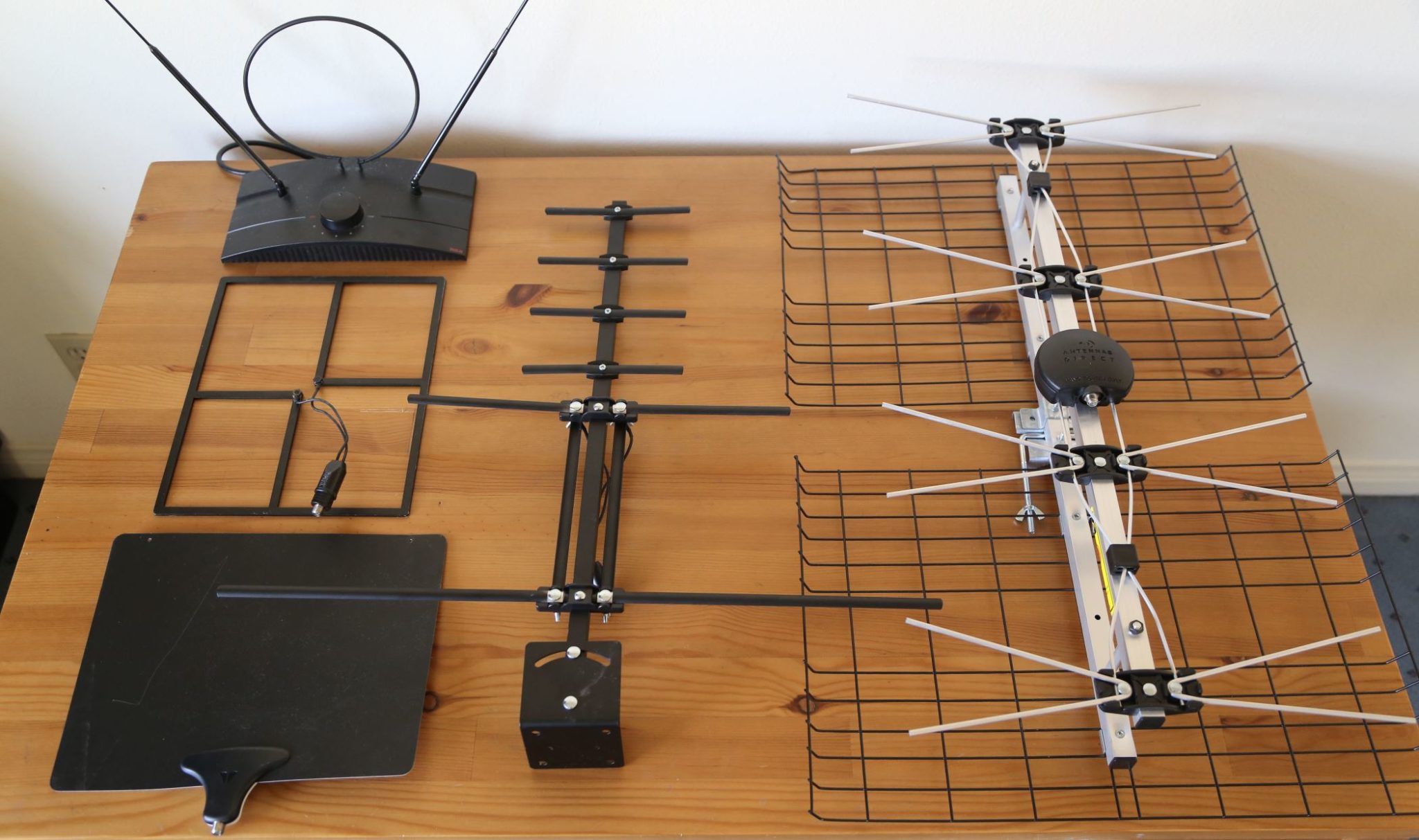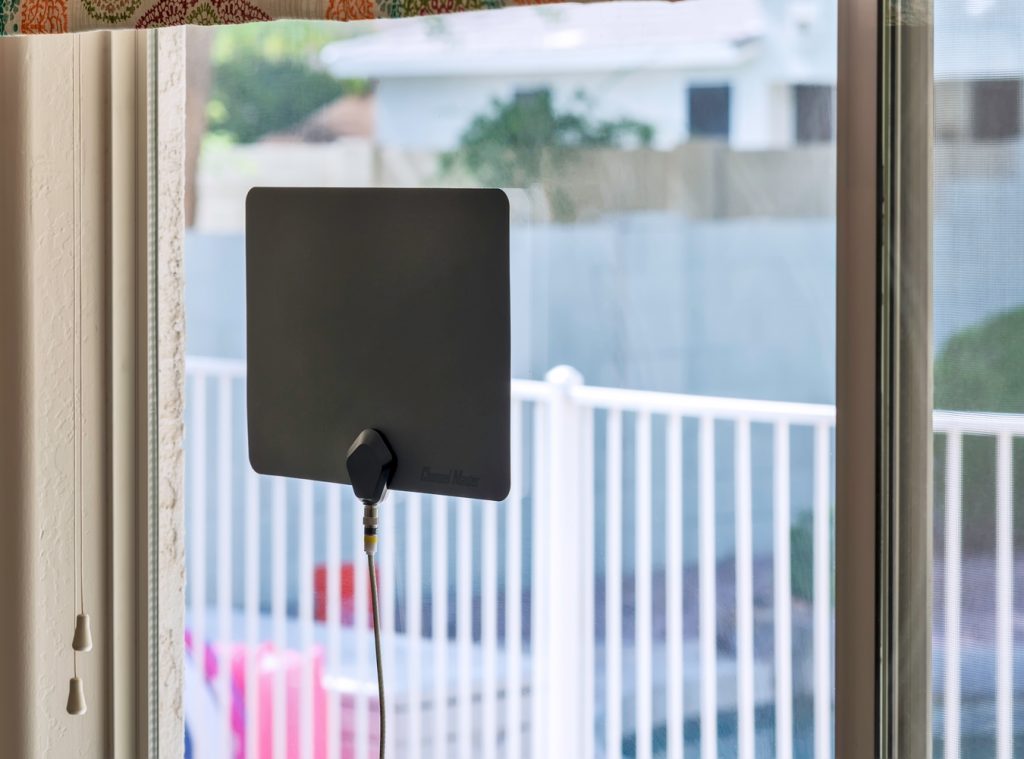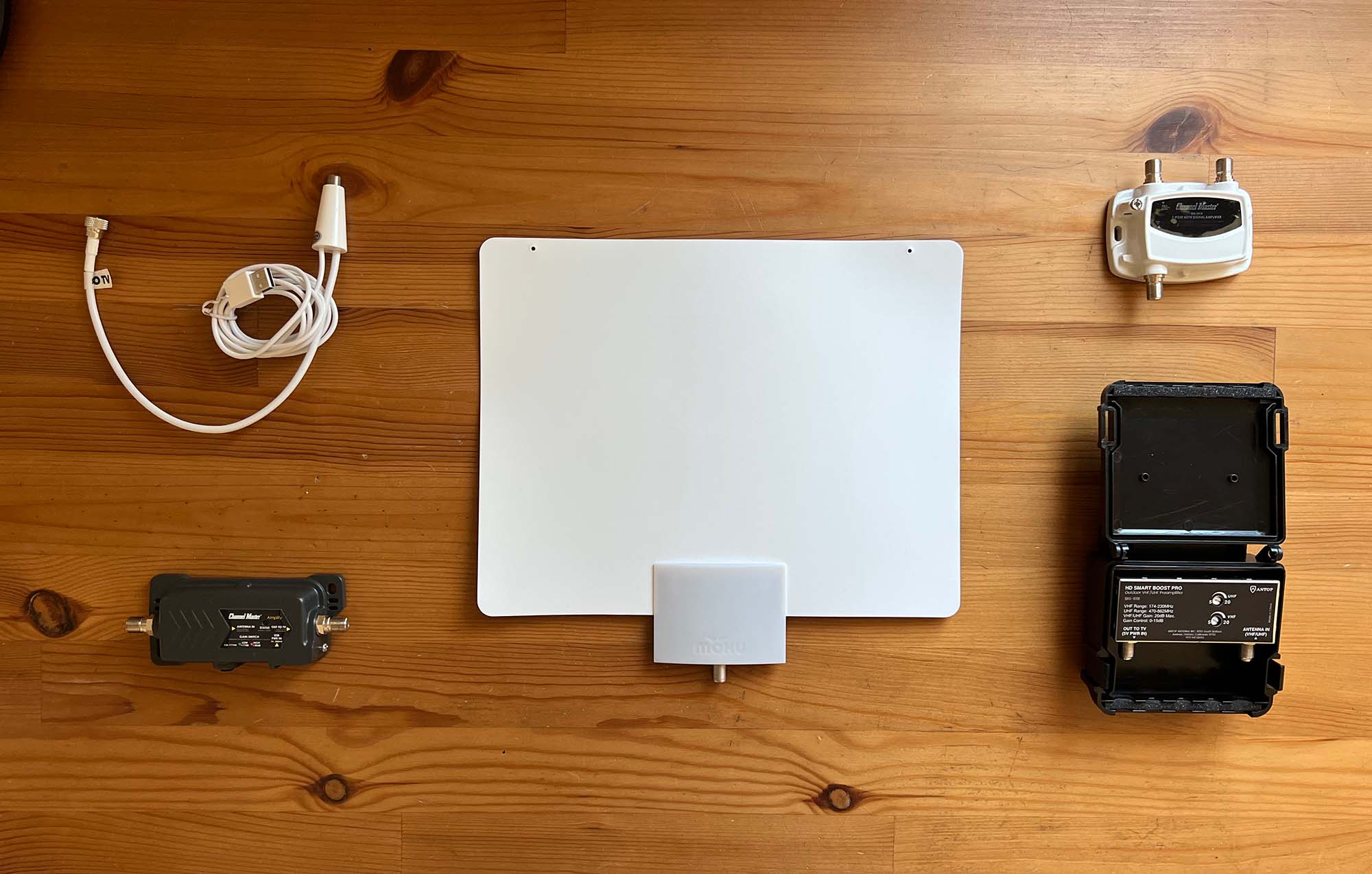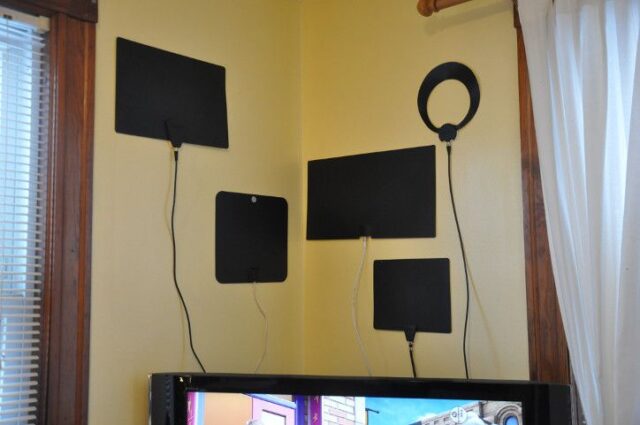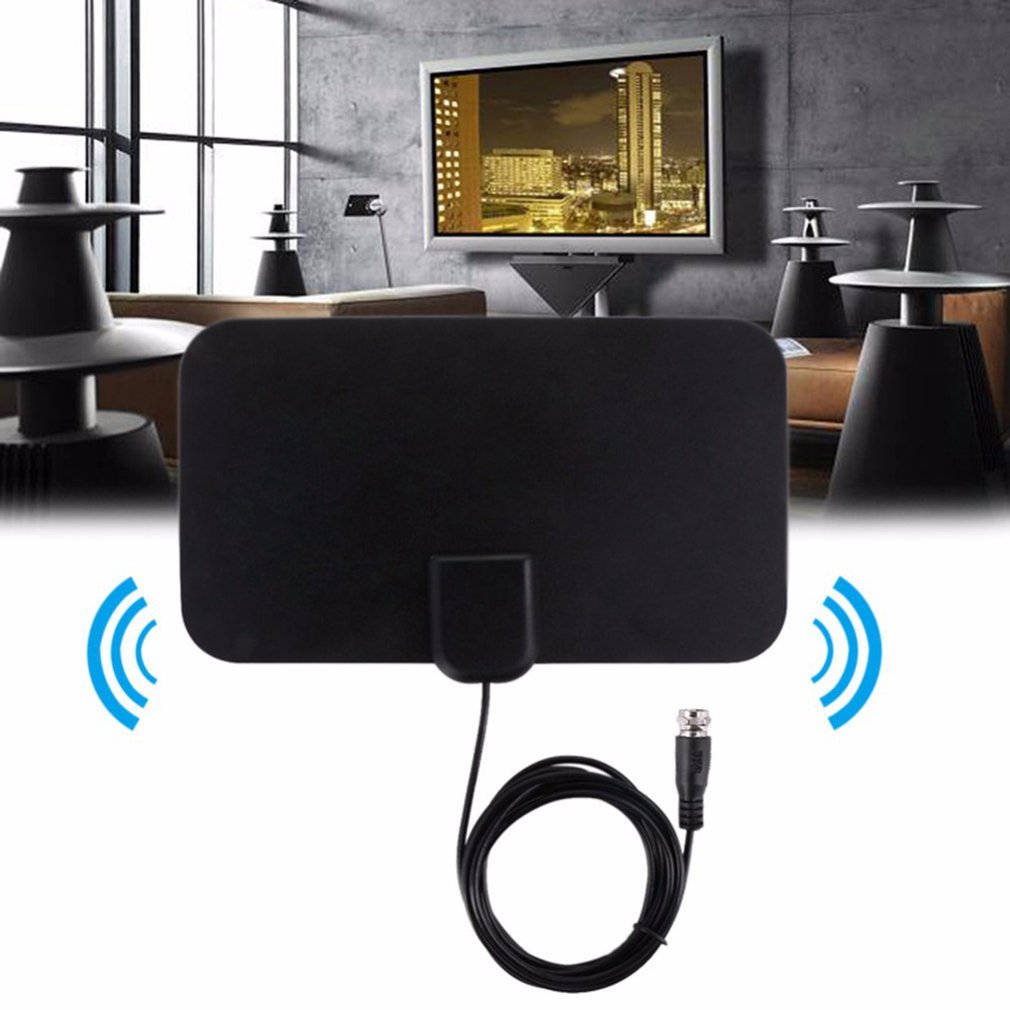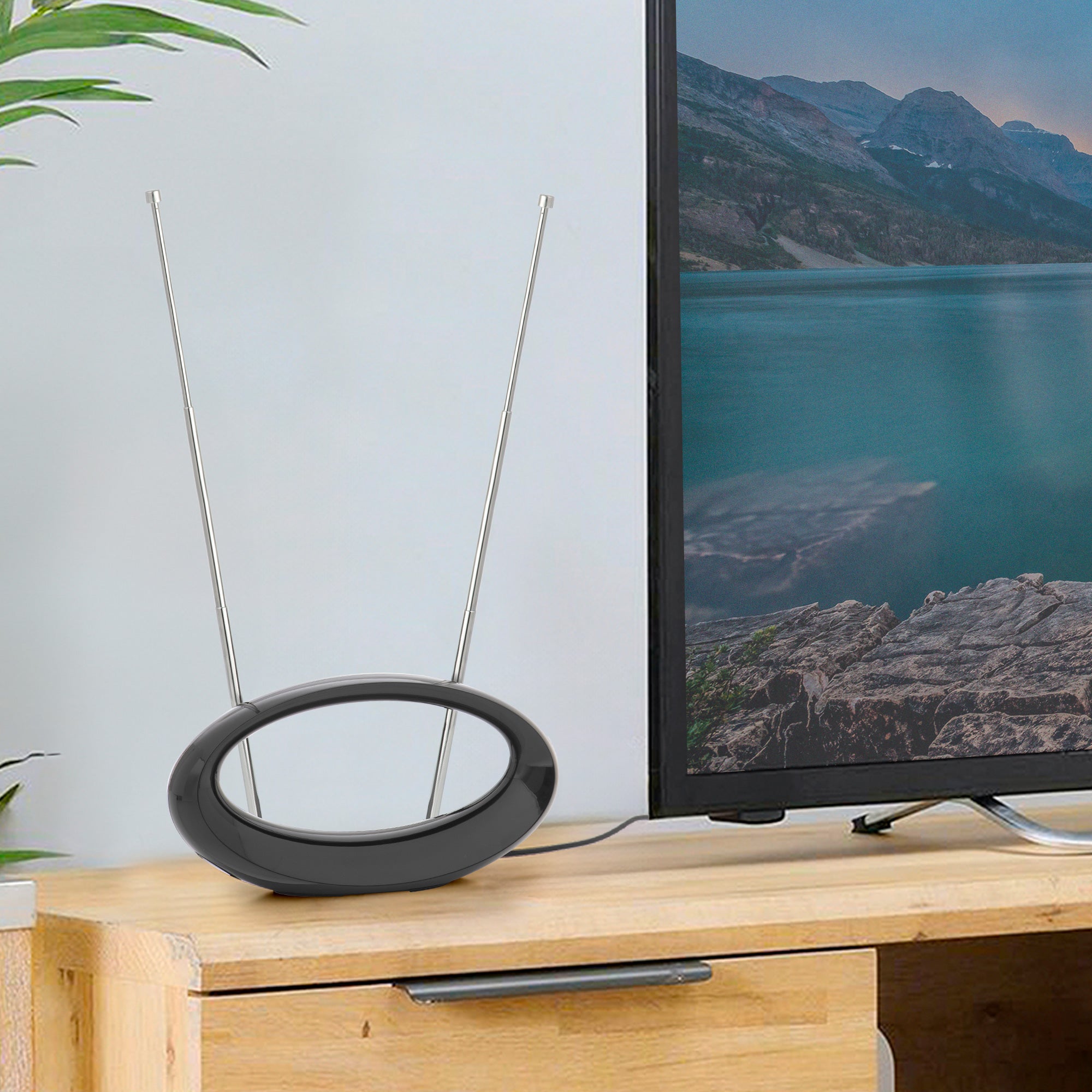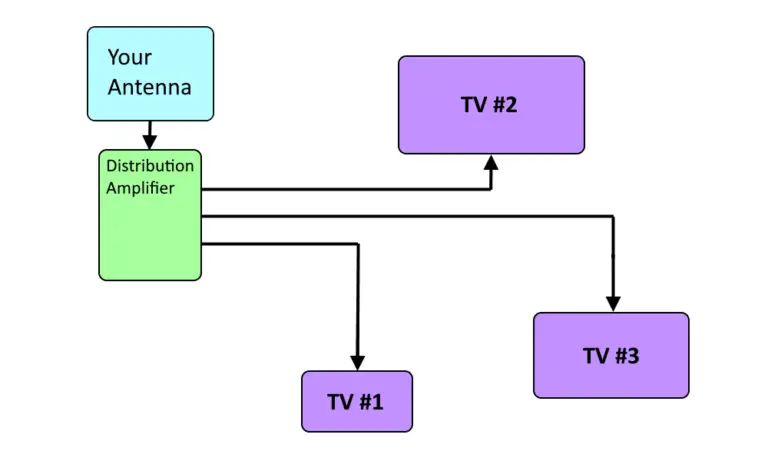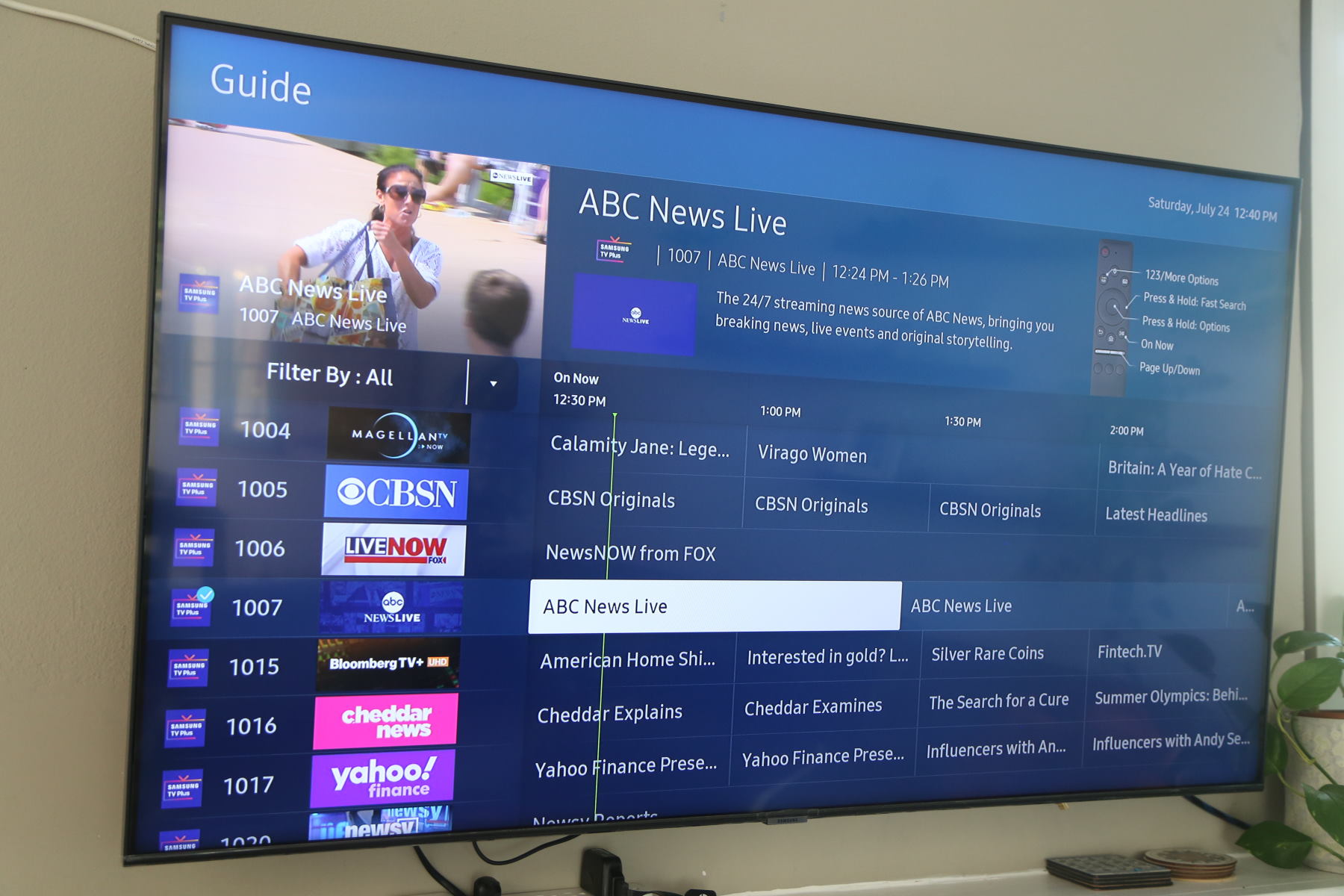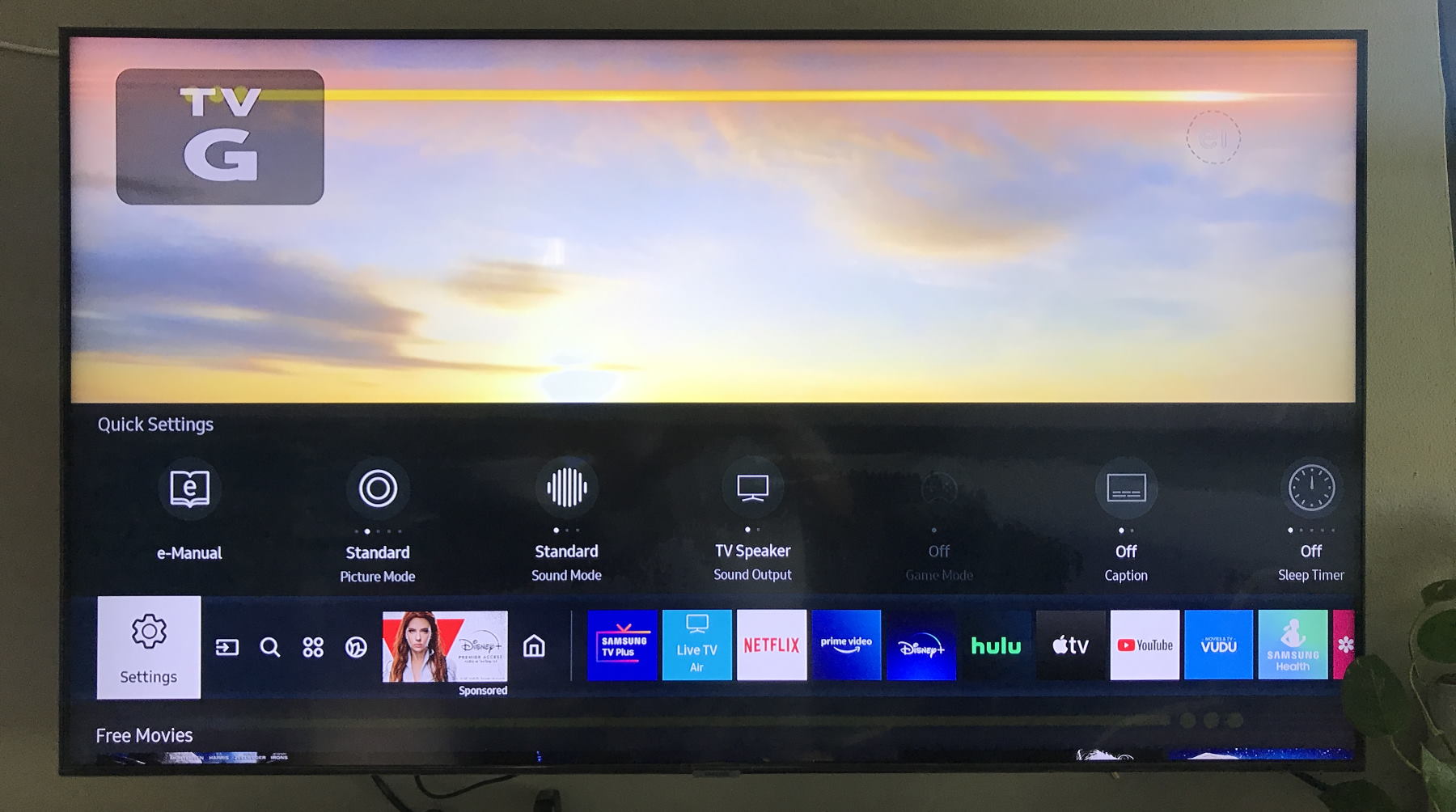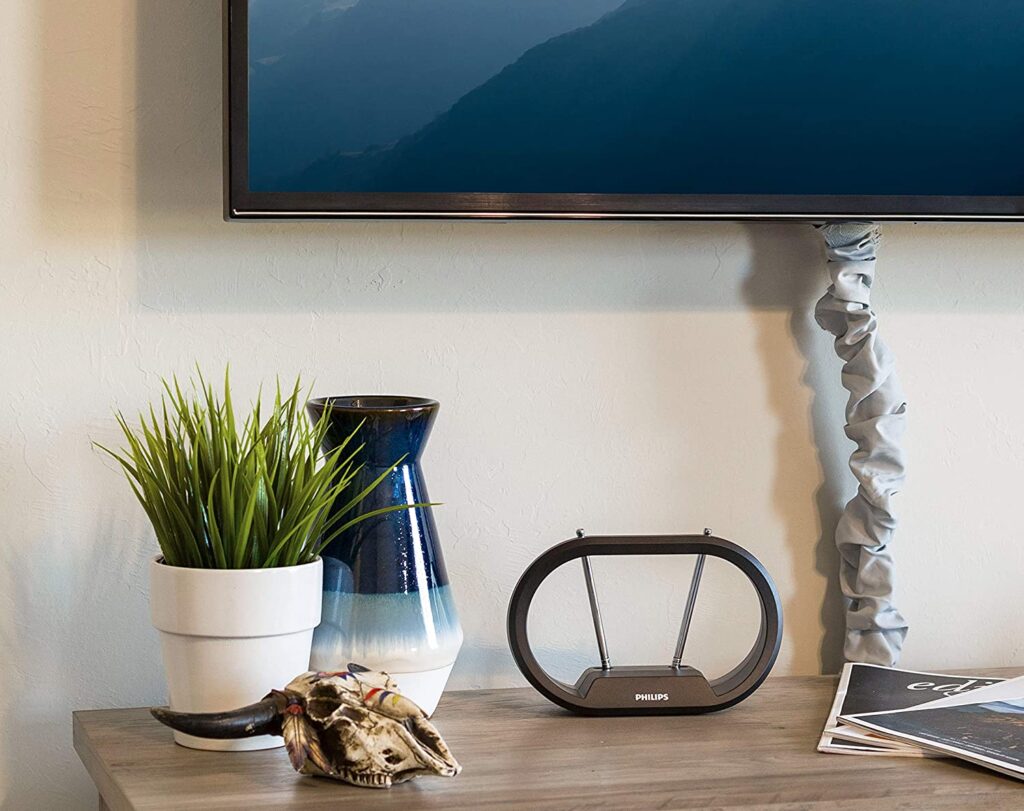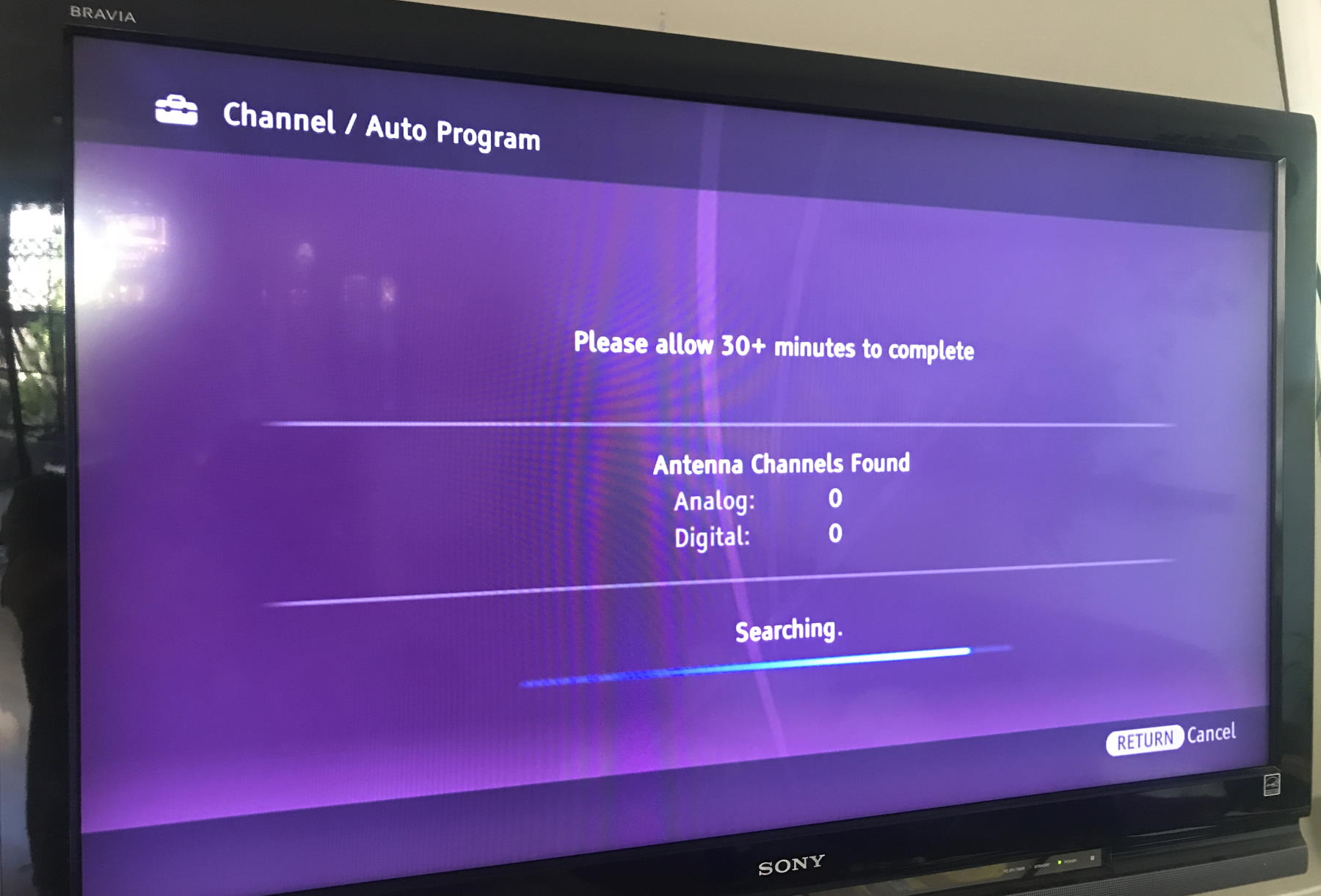How To Get More Channels With An Indoor Antenna

The late afternoon sun cast long shadows across the living room, illuminating dust motes dancing in the air. A familiar frustration hung heavy: the cable bill arrived, its exorbitant sum a stark reminder of the hundreds of channels never watched. Sighing, you glance at the sleek, nearly invisible indoor antenna tucked behind the television. Could this humble device truly offer a viable alternative, a way to reclaim entertainment freedom without breaking the bank?
This article explores how to maximize the potential of your indoor antenna, unlocking a wider array of free, over-the-air (OTA) channels. We'll delve into the factors influencing antenna performance, offering practical tips and strategies to help you cut the cord and enjoy a wealth of local broadcasts, all without the burden of monthly fees.
Understanding the Basics of Over-the-Air Television
Over-the-air (OTA) television broadcasts have been around for decades, predating cable and satellite services. In the United States, these broadcasts are transmitted digitally, offering surprisingly crisp and clear picture quality, often in high definition (HD).
The signal is free, and available to anyone with a compatible television and antenna. The available channels vary depending on your location and proximity to broadcast towers, with major networks like ABC, CBS, NBC, Fox, and PBS typically well represented.
Factors Affecting Indoor Antenna Performance
Several factors can influence the number of channels you receive with an indoor antenna. These include location, antenna type, obstructions, and signal strength.
Location, Location, Location
Location is arguably the most crucial factor. Proximity to broadcast towers significantly impacts signal strength. Websites like AntennaWeb (owned by the Consumer Technology Association and the National Association of Broadcasters) and TV Fool allow you to enter your address and identify the locations of nearby broadcast towers.
Experimenting with antenna placement is essential. Generally, positioning the antenna near a window or on an exterior wall facing the broadcast towers yields the best results.
Choosing the Right Antenna
Indoor antennas come in various shapes and sizes, each with its strengths and weaknesses. Flat, multi-directional antennas are popular for their sleek design and ease of placement.
Amplified antennas incorporate a signal booster, which can be helpful in areas with weak signals. However, amplification can also amplify noise, so it's not always the best solution.
Loop antennas are often preferred for VHF signals. Stick antennas are the simplest type of antenna, often coming with built-in digital TV sets.
Overcoming Obstructions
Physical obstructions, such as buildings, trees, and even walls, can interfere with OTA signals. Concrete and metal structures are particularly problematic, as they tend to block or weaken radio waves.
Try moving the antenna to a higher location, such as an attic or a second-story window. Repositioning the antenna a few inches or feet can sometimes make a significant difference.
Understanding Signal Strength
Signal strength is crucial for reliable reception. Most televisions have a built-in signal meter that allows you to assess the strength of the received signal.
A strong and stable signal ensures clear picture quality and minimizes dropouts. If the signal is weak or unstable, try adjusting the antenna's position or consider using an amplified antenna.
Tips for Maximizing Channel Reception
Now that we've covered the basics, let's explore some practical tips for boosting your antenna's performance.
Rescan for Channels Regularly
Broadcast stations occasionally change their frequencies or add new sub-channels. Rescanning your television for channels ensures that you're receiving the most up-to-date channel lineup.
Refer to your television's user manual for instructions on how to perform a channel scan. The process is usually straightforward and takes only a few minutes.
Experiment with Antenna Orientation
Even a slight change in antenna orientation can impact signal reception. Experiment with different angles to find the optimal position for each channel.
A helpful strategy is to scan for channels, note the signal strength for each channel, and then adjust the antenna's position to maximize the signal strength of your most-watched channels.
Consider an External Antenna
If you're consistently struggling to receive a satisfactory number of channels with an indoor antenna, an outdoor antenna may be a better option. Outdoor antennas are typically larger and more powerful, offering superior signal reception.
While installation may require some effort, the improved reception can be well worth the investment. Some people put the antenna in the attic which is also a good option.
Use a Signal Meter App
Several smartphone apps can help you pinpoint the direction of broadcast towers. These apps use your phone's location to display the location of nearby towers on a map.
By aligning your antenna with the broadcast towers, you can improve signal reception and increase the number of channels you receive. The apps help save a lot of time and effort.
Check Your Cables and Connections
Loose or damaged cables can degrade signal quality. Ensure that all cables are securely connected and in good condition.
Replace any frayed or damaged cables with new, high-quality coaxial cables. Check for corrosion or damage at the connections point.
The Future of Over-the-Air Television
Over-the-air television is undergoing a resurgence, driven by the increasing cost of cable and streaming services. NextGen TV, also known as ATSC 3.0, promises even better picture quality, enhanced audio, and interactive features.
As the technology evolves, OTA television will continue to offer a compelling alternative to traditional paid television services. Cutting the cord is getting easier and better.
Reclaiming Your Entertainment Freedom
Unlocking the full potential of your indoor antenna is an empowering experience, a step towards reclaiming control over your entertainment choices. The journey might require some experimentation and patience, but the reward is a wealth of free, high-quality content, liberated from the constraints of costly subscriptions.
As the sun sets, casting a warm glow on the television screen, you settle in to enjoy your favorite local news broadcast, knowing that you've not only saved money but also embraced a smarter, more sustainable way to consume media. The antenna, once a symbol of compromise, now represents freedom and choice.
